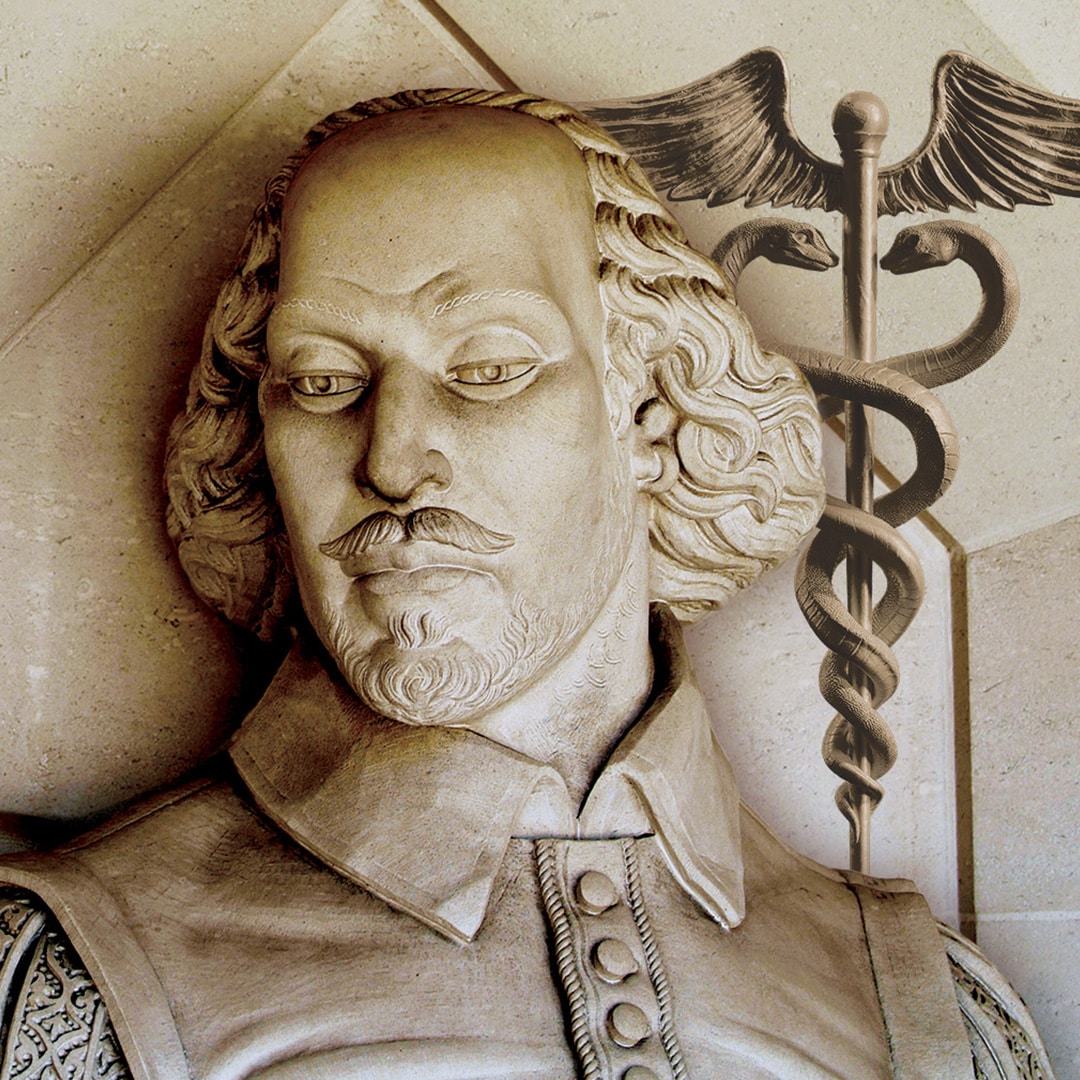The secret of life revealed in a pub
Not a peer-reviewed publication this
A spoiler for a prize to join the club
Of Nobel fame and scientific bliss
A double-stranded helix with purines
And pyrimidines, with strands connected
Depended on others who had the means
Decades before to show the directed
Bonds of nuclein governed transcription
The acid nucleic whose pairs encoded
Life embedded vital information
That Watson and Crick finally decoded
With help from the science community
Their helix grasped the opportunity
Backstory
James Watson and Francis Crick, at Cambridge University, are rightly credited with the discovery of the double helix structure of DNA, although it has always been known that this would have not been possible without the contributions of Rosalind Franklin and Maurice Wilkins at King’s College, London. Within the story of this discovery, and the fame of the resulting Nobel Prize for Physiology or Medicine in 1962, the work by many scientists on DNA in the previous 75 years, is often overlooked.
The discovery of DNA, as opposed to the discovery of its structure, dates back to the late 1860s, when Friedrich Miescher, a Swiss physiological chemist identified a substance within the nuclei of human white blood cells. He called this substance ‘nuclein’; he realized that it was very different to any protein, having a much higher phosphorus content and being resistant to proteolysis. The German biochemist Albrecht Kossel renamed the substance ‘deoxyribonucleic acid, DNA, in 1881. Whilst Miescher’s name retreated into obscurity, other scientists, notably the Russian biochemist Phoebus Levene, the Austrian Erwin Chargaff and the America Oswald Avery worked assiduously on the composition and properties of DNA. By the time Watson and Crick formulated their theory about the double helix, which appears to have been announced as ‘the secret of life’ in the pub “The Eagle”, close to the Cavendish Laboratory, on February 28th 1953, very much was already known about this molecule. It is widely known that Wilkins shared the Nobel Prize with Watson and Crick, but Franklin did not; she had died a few years before the Nobel decision, and these prizes cannot be awarded posthumously.



